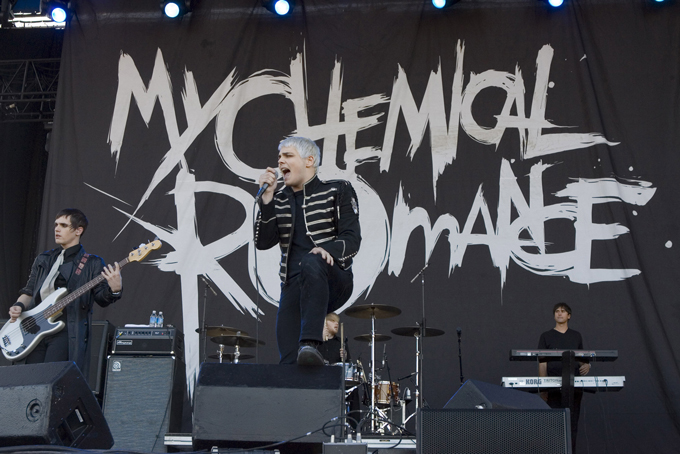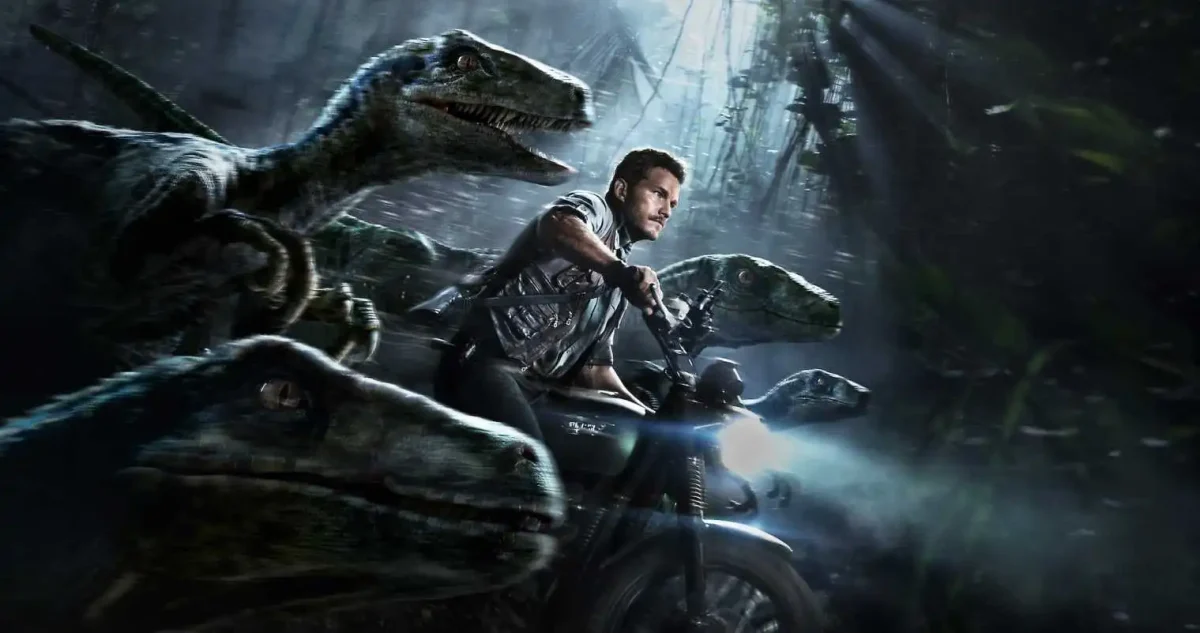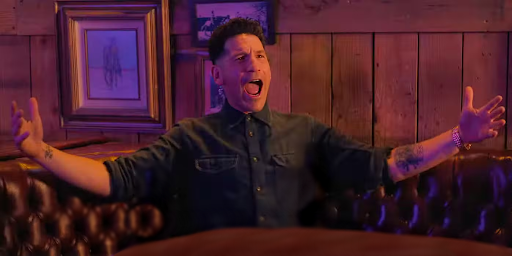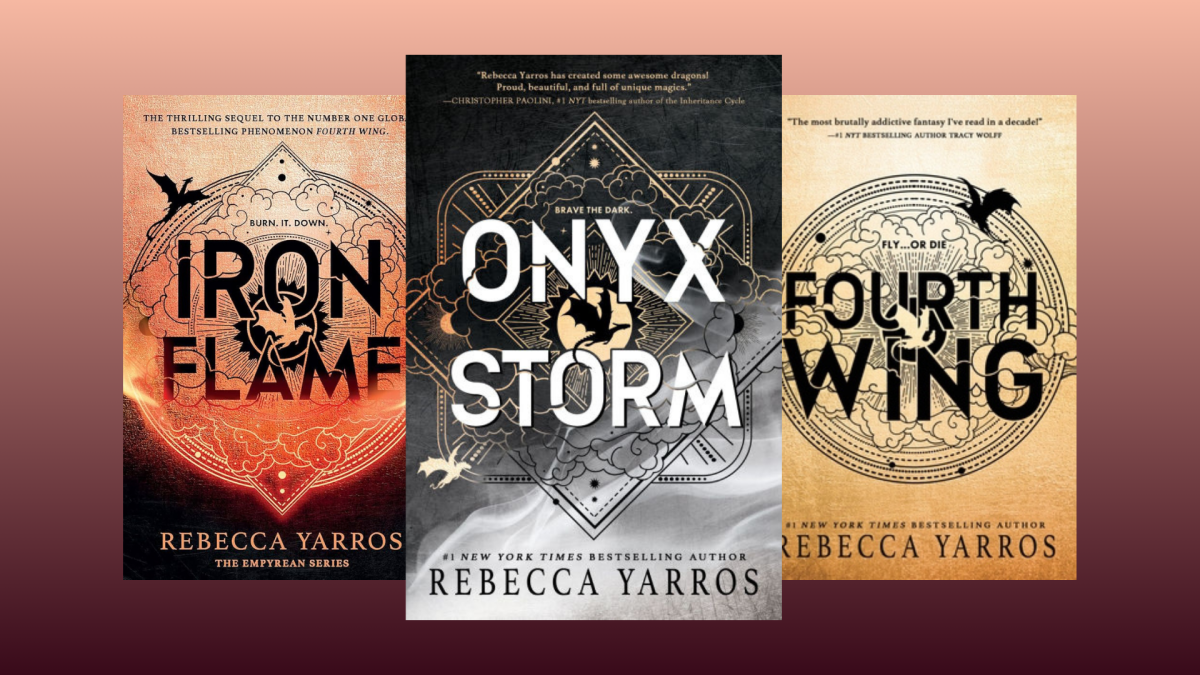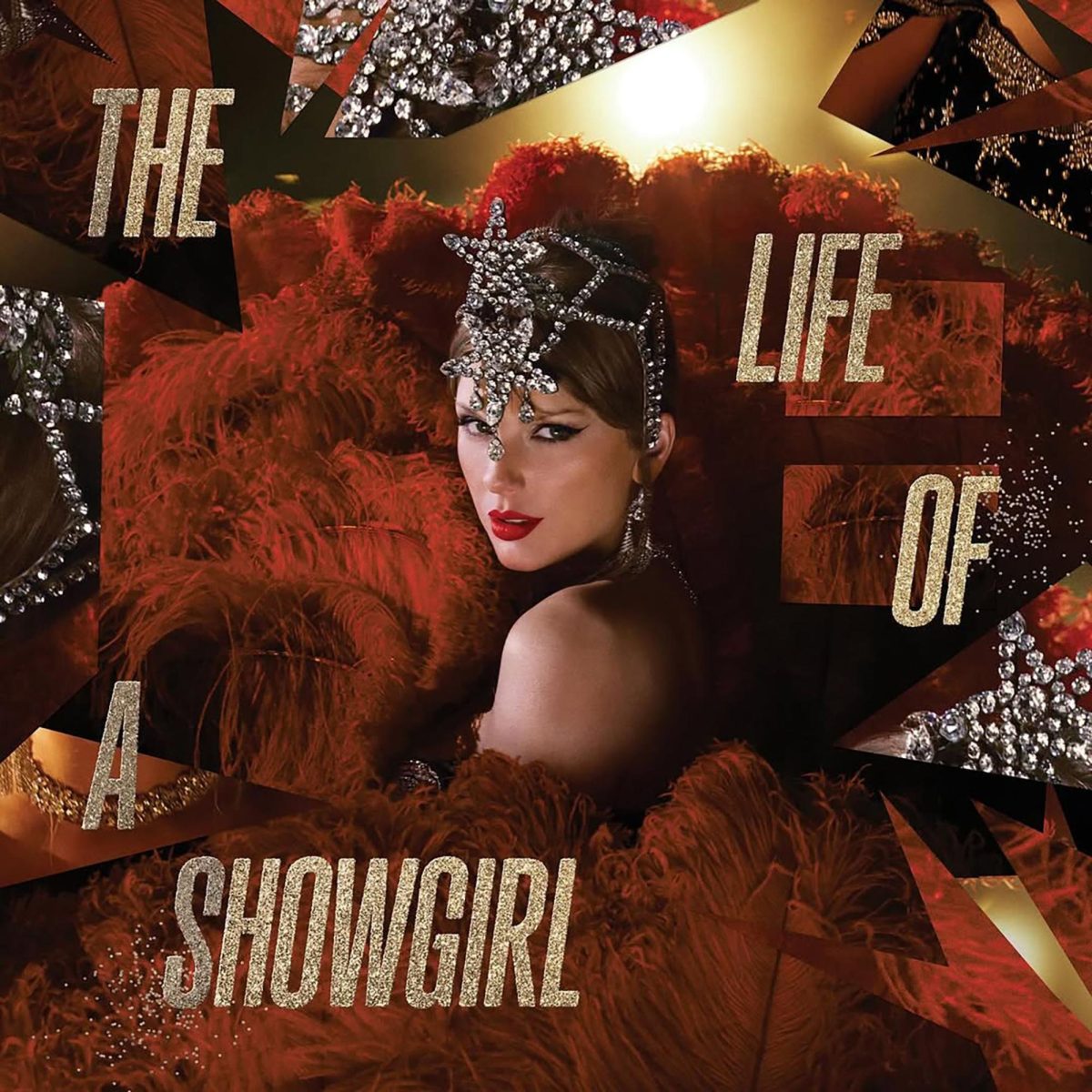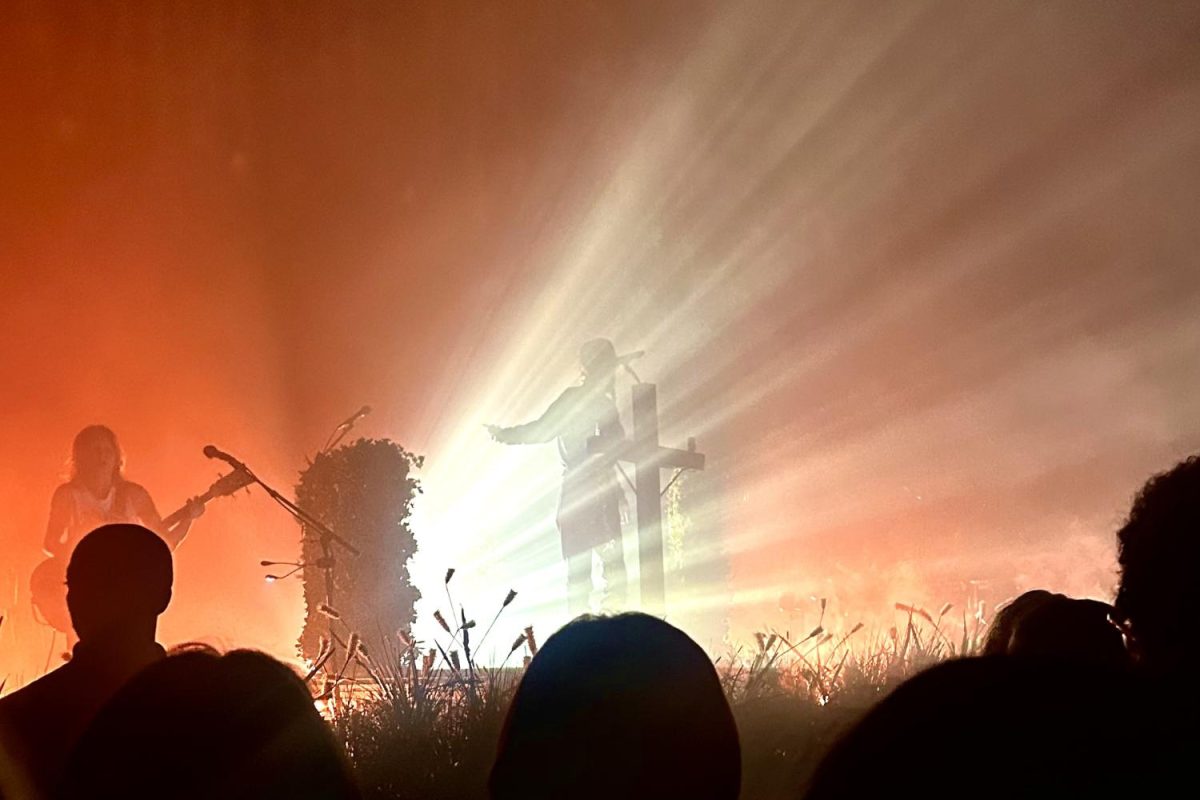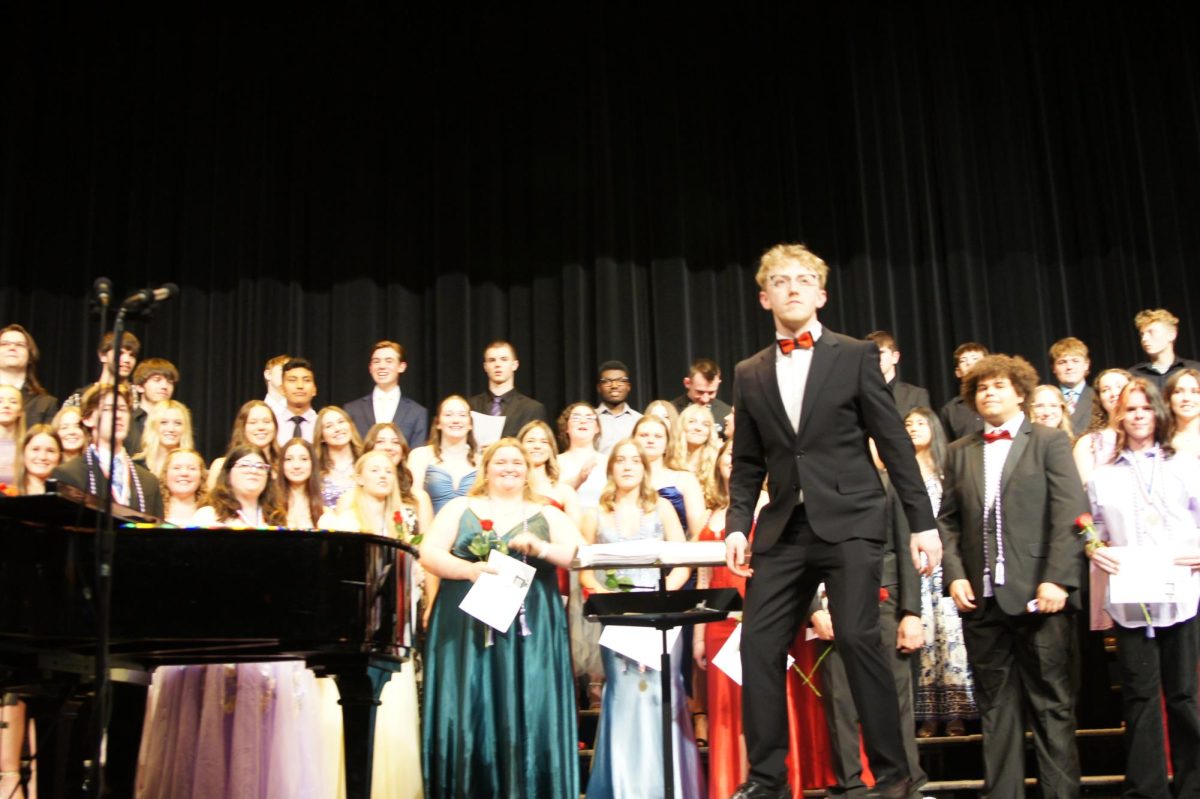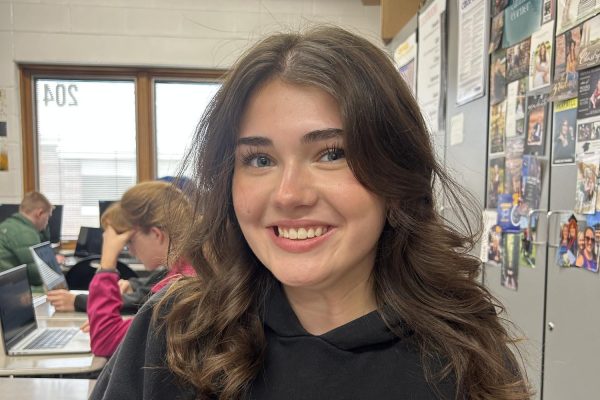From the early 1980s to present day, the term “Emo,” has been used to describe music, fashion, and even an entire culture. However, the phrase has broadened over the years. Once a word to explain a niche subculture, has turned to label anyone who likes wearing all black, heavy eyeliner, listening to rock music, etc. This is not what Emo is, nor what it should be remembered as. It’s an outlet for expression and a community for people to find others like them, with similar interests and experiences.
However, how has this once legendary term from the 2000s gained such popularity in the recent decade?
We saw the start of this resurgence in early 2020 with the lockdown. With everyone trapped inside their homes, we turned to our nostalgic hobbies.
Sophomore Marisela Molter says she got into emo music slowly. “I think with one artist, it was one song that became popular,” she says. “And then after that one song, I realized that there were other bands like it. I went from Fall Out Boy and then realized that there was also Panic! At The Disco. And then one kind of built up and then it just went with the others.”
While some turned to their favorite childhood video games during the pandemic and some to TV shows, others turned to their favorite music. This brought popular emo artists like Panic! At the Disco, Fallout Boy, and My Chemical Romance back in the spotlight for both new and old listeners alike.
In November 2020, Fallout Boy had a playlist reach of 93,000. In May of 2021, they saw a spike of 171,000 in playlist reach. They’ve continued to grow since, amassing over 23.2 million monthly listeners. The hashtag “Emo” on popular social media platform TikTok also has over 8.3 million posts.
With this rise in popularity, interpretation of the word “emo,” has changed. The term “emo” originated in the 1980s as a shortened form of “emotional hardcore,” a stem off of the Washington D.C hardcore punk scene. This genre shifted away from the typical political themes and aggressive nature of punk music, to a more pensive, emotional style.
Hercampus.com states, “Through punk rock and post-hardcore influences, emo (short for “emotional hardcore”) emerged in the form of kids wearing black clothing, chains and studs on your jeans, and bold eyeliner.”
Emo saw a spike in popularity in the early 2000s, blending its hardcore origins with the popular “pop-punk” culture. This spike saw a new culture emerge, the beginnings of Emo that most are familiar with today.
Getsadyall.com writes, “The resurgence of emo and pop punk extends beyond music, finding its way into fashion trends. From oversized graphic tees to unique accessories, the modern interpretations of these genres feature a blend of nostalgia and innovation.”
Emo fashion mostly consists of skinny jeans, band t-shirts, studded belts, and big, vibrant colored, or black hair. Makeup also played a key part in the look: dark eyeliner and eyeshadow, often paired with pale foundation to create an almost undead appearance. This look has stayed consistent through the 2000s to present day.
Emo was incredibly popular with teenagers at that time. Not just because it was a trend, but because it gave these emotional teenagers an outlet to express their feelings. In Vice’s article, Still Not Okay: Gen Z Is Keeping Emo Alive, 20-year-old Paris writes, “Emo for me was all about feeling like an outsider who nobody understands. Then you listen to the words of other people and realize that you’re a little less alone. The music gives you something to hold on to.”
Most teenagers agree that this is an emotional period of their life, and often feel excluded from their peers. Not only was emo an outlet to express these feelings of discomfort in growing up, but also gave them a connection with others like them.
That remains true today, giving teenagers an outlet to express themselves and create a connection. In a stressful time in history, with the COVID-19 virus, as well as an increasingly separated political environment, community is crucial. Not only does nostalgia play a crucial part in this resurgence, but so does the search for community. Emo isn’t just a person that likes to wear black, but an entire community built on the love of a specific genre of music and the shared struggles of growing up.

